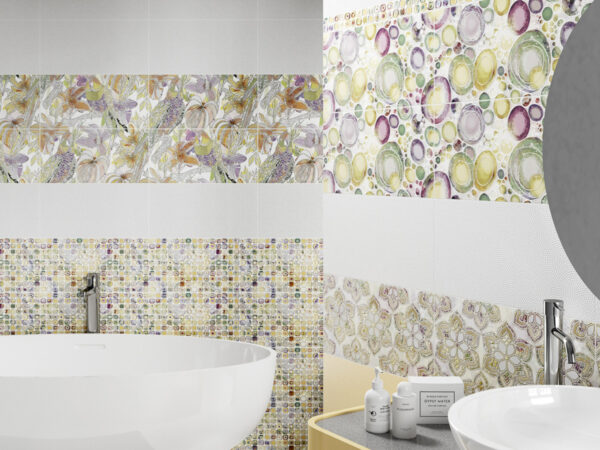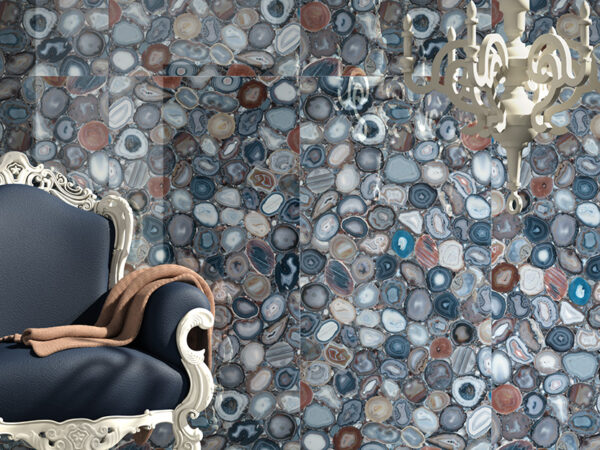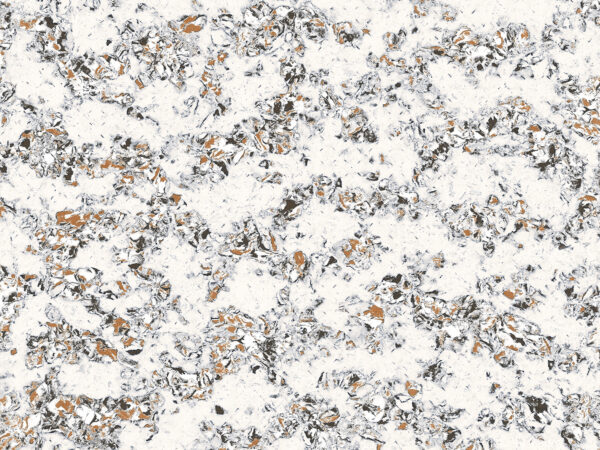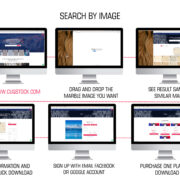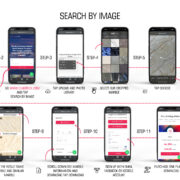Did you ever notice the “Save as type” dropdown box underneath the name field when you save a file on your computer? These are the file extensions that determine which format your file will store in. Because there is seldom a single format for a single type of file, you may be perplexed as to how they differ and which is preferable to utilize.
When it comes to website design, there is a lot to think about. A professional-looking website requires more than simply a beautiful colour scheme, eye-catching typefaces, and relevant information to generate a good first impression. Graphics are vital in making your site engaging. However, for the greatest effects, you must choose the appropriate graphic format.
There are several file formats to select from, each with its own set of advantages and disadvantages.
PNG, JPG/JPEG and PDF
PNG, JPG/JPEGs and PDFs are the three of the most widely used file formats for storing and transferring information. However, when it comes to presenting photos and documents, each format has advantages and disadvantages. Let’s take a closer look at the individual functions of these formats so you can make an informed decision about which one will work best for you.
What is PNG?
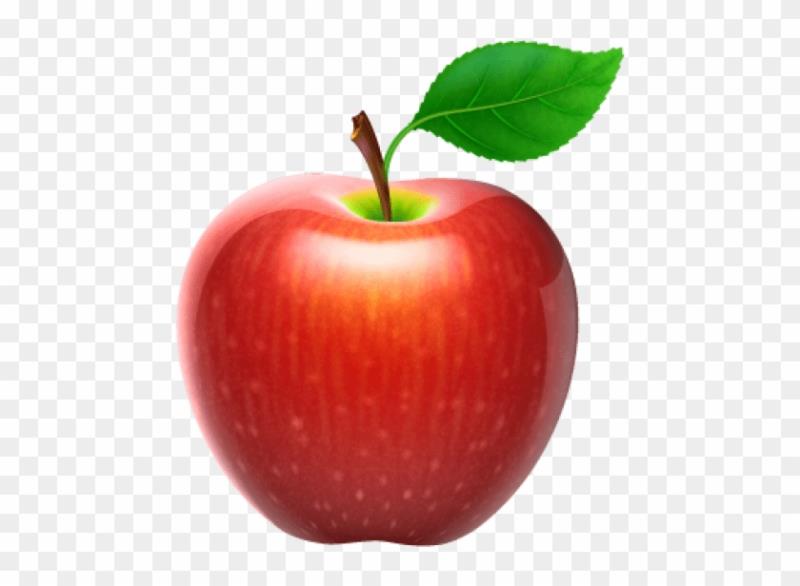
PNG stands for Portable Network Graphic. It is best suited for visuals such as graphs, logos, and text. It can also be used to store an image, and PNG files are not designed to minimize the file size, and the end result is frequently superior in quality than a JPEG. A PNG has no loss of quality when produced and can be saved, altered, and opened again without degrading over time.
Advantages
- Image detail and quality are not lost during lossless compression.
- Supports a wide range of colours — the format is appropriate for a variety of digital pictures, including photographs and graphics.
- Transparency support enables the compression of digital photos with transparent sections.
- Ideal for picture editing as lossless compression makes it ideal for storing digital photographs for editing.
Disadvantages
- Larger file size compresses the quality of digital photos.
- It is not suitable for professional-quality print graphics since it does not support non-RGB colour schemes like CMYK (cyan, magenta, yellow and black).
What is JPEG?
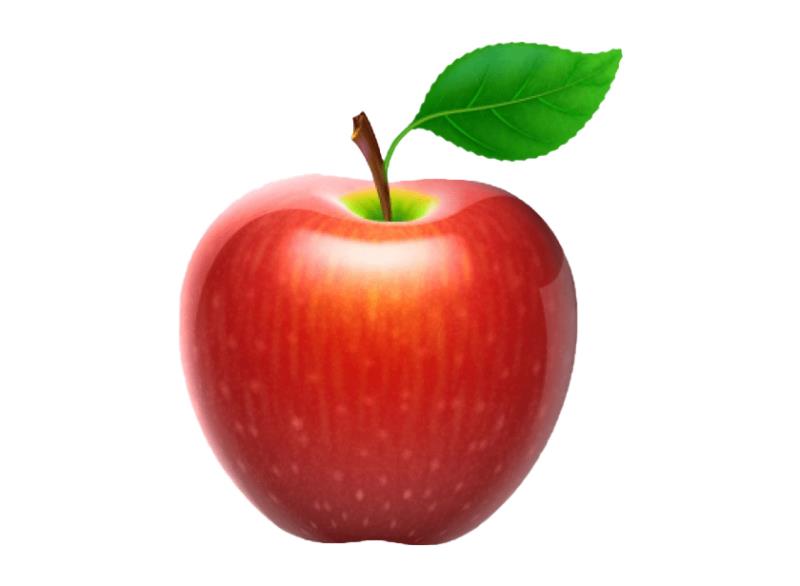
JPEG stands for Joint Photographic Experts Group. The JPEG file format is one of the most extensively used picture file formats in the world. JPEGs are ideal for storing and distributing digital photographs because they can compress stunning information into a manageable file size. They’re perfect for social media, email, and blog material.
Advantages
- JPEG files are extremely compressible. JPEG pictures can be compressed to meet the requirements of the application.
- Because of its modest file size, JPEG photos can be directly posted to web pages.
- JPEG photos are compatible with all devices and applications, therefore there is no need to convert them for use.
Disadvantage
- When you compress a file to a specific limit, the JPEG standard erases some colour data to make the result lower in size and it cannot be undone once saved.
- JPEG file format is commonly used for digital photos such as portraits and nature photographs. However, if the photographs contain text or sharp lines and edges, it may not be an appropriate standard.
- JPEG pictures do not allow layered images. To change and edit graphic pictures, you may need to work more on layered images, which is not achievable with JPEG images.
What is PDF?
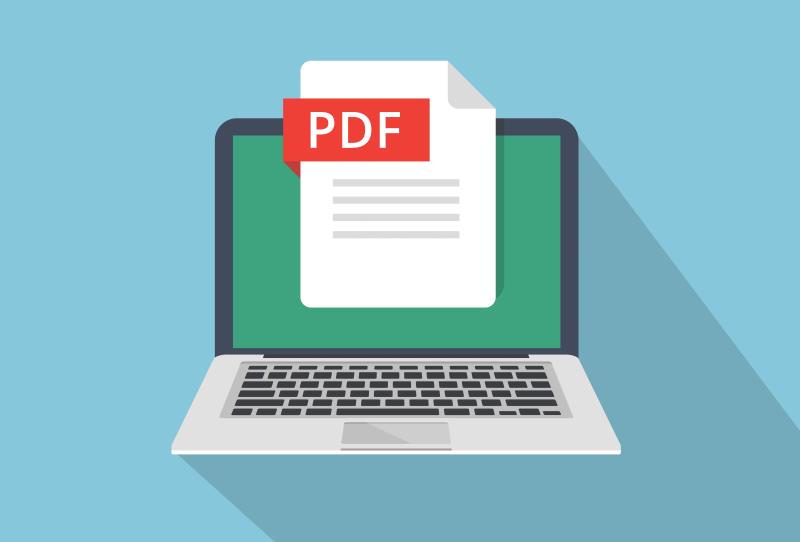
A PDF (Portable Document Format) can display a broad variety of documents, including presentations, photographs, and more. It is a universal format, which means that the information of a PDF will always appear consistently across any device. As a result, printers favour it since it preserves all page components and picture quality when widened.
Advantages
- PDFs with their high levels of security helps to keep your files confidential. Another security feature is the ability to restrict reading by specifying a login and password, allowing only those with this information to see the PDF file.
- The same layout and information can be seen on all devices. These files are accessible from anywhere and by anybody, making them user-friendly.
- PDF allows to export photos and documents for printing and sharing.
- When creating a design for print production, saving as a PDF ensures that the design retains its excellent quality and can be printed at a variety of sizes.
Disadvantages
- It is not feasible to edit PDF file directly for free. To obtain the “editing” capability, you would need to utilize an expensive PDF editing tools.
- PDF files are best used for exporting images and papers but not the logos or icons.
What’s Best for You?

Still debating between PNG and JPG as the ideal picture format, and wondering whether you should go with PDF?
Let’s see which file is best appropriate for your needs:
- JPEG is suitable for uploading photographs and images online since they have a small file size. They are also ideal for emailing sample photos to consumers for the same reason.
- PNG pictures are ideal for online graphics, especially when a transparent image is required. They’re also a terrific option for batch editing and saving.
- PDF is the best option for printing since it is high-quality and displays accurately across devices without being changed.
Still undecided? Cast the stress away. Download your images in JPEG, PNG, and PDF formats from your very own Cliqstock. Now, why to choose one when you can have them all?
Visit Site :- https://www.cliqstock.com


